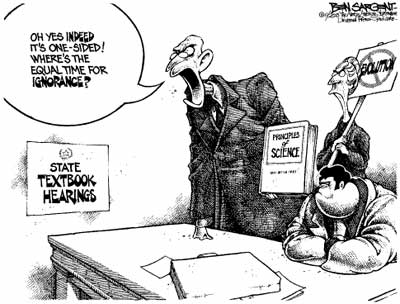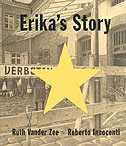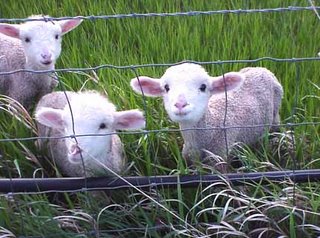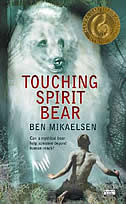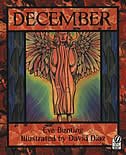 Definition from Gage Canadian Dictionary
Definition from Gage Canadian DictionaryMickey Mouse: not worthwhile or serious, insignificant or trivial: a Mickey Mouse rehabilitation program, a school offering Mickey Mouse courses. [from the name of Walt Disney’s movie cartoon character]
The video Mickey Mouse Monopoly stresses the huge impact Disney movies, along with the accompanying marketing of toys and accessories, have upon the socialization of children. Children are viewing and absorbing images that Dr. Henry Giroux insists are forming the child’s imaginary world and that reinforce stereotypes, white supremacy, and racism. An interesting question posed in the video is “Is the racism intentional?” The resounding answer is: “It doesn’t matter, the effect is the same!”
I think the video created a lot of personal tension with the viewers in the class, as we struggled to make sense of how we have previously viewed these Disney movies. I grew up watching,
and loving, the Disney movies. I can remember thinking to myself, as a child, that the depiction of the Siamese cats in Lady and the Tramp was so effective. I think I enjoyed how the stereotypes were presented because the music and the cartoon characters fit so nicely with my stereotyped ideal of this group of Asian people. I remember laughing at the Chihuahua dog, with his Mexican accent, and enjoying this flagrant stereotypical presentation of Mexicans. It was good to hear the voices of people protesting the representation of their race in this way.
Giroux’s message is that we can not accept Disney propaganda as harmless or insignificant, as the Mickey Mouse definition suggests, (the impact is not "Mickey Mouse") because children replicate movie scripts in their play. A great message from the video is that entertainment must have some responsibility because you have the attention of someone. When you self-examine your guilty feelings over your enjoyment of the stereotypes presented at great cost to others, the need for critical media literacy skills becomes apparent. We need to be careful when we use movies in the classroom to ensure that our teaching addresses social issues and that we teach democratically in a way that bell

hooks (1994) describes as teaching "without reinforcing existing systems of indoctrination".
So, is Mulan a strong female character, who challenges existing female roles? Does her return to her traditional place in society, (at the end of the movie after she has saved China) undermine all of her efforts? Is the message negative or positive? Does she perhaps provide a message that one can work within the traditional structure and yet still adopt other roles when needed, (and even when desired?) .. or do we get depressed because the message says that it will take a huge catastrophic event (like a war) to help women get out of their roles... Linking to the reality that the emancipation of women in North America was due to pressures from the workforce created by WWII, and then further suggesting the depressing notion that racial emmancipation will only come under these same conditions?


